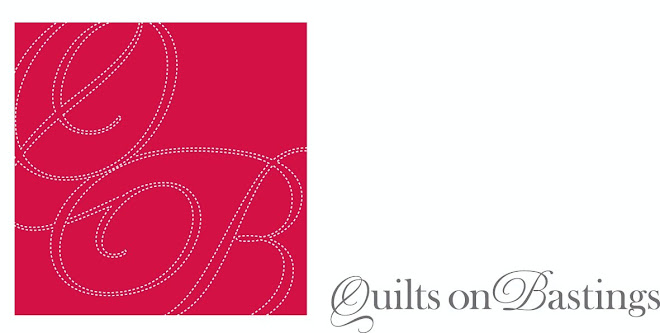Sometime ago now, a friend gave me the book "Piping Hot Binding" by Susan Cleveland. The book describes in detail how to make and apply piping in the binding of a quilt.
I have now made a number of quilts where I have finished them with piping in the binding and love the result - it makes for a quilt with a distinctive touch to the finish and frames the quilt beautifully. I have found that it works really well with quilts which have either solid fabrics or solid borders - it is important that the piping fabric is in high contrast to the outer border and binding.
Following are some close-ups of some of the quilts where I have included piping in the binding.
King David's Modern Crown Quilt
Crop Circles Quilt (top)
Zigue Zague Quilt
The book describes in great detail how to make and apply the binding. Susan Cleland has also created the Groovin' Piping Trimming Tool which is used to trim piping seam allowances to a consistent width. The procedure is not difficult, although it is time consuming - it takes me twice as long as applying binding alone, however, I think it is well worth the effort. The book also describes a number of variations such as double piping, blanket stitch on piping and pieced piping. I have not yet been adventurous enough to tackle these variations.
How do you like to finish your quilts?










